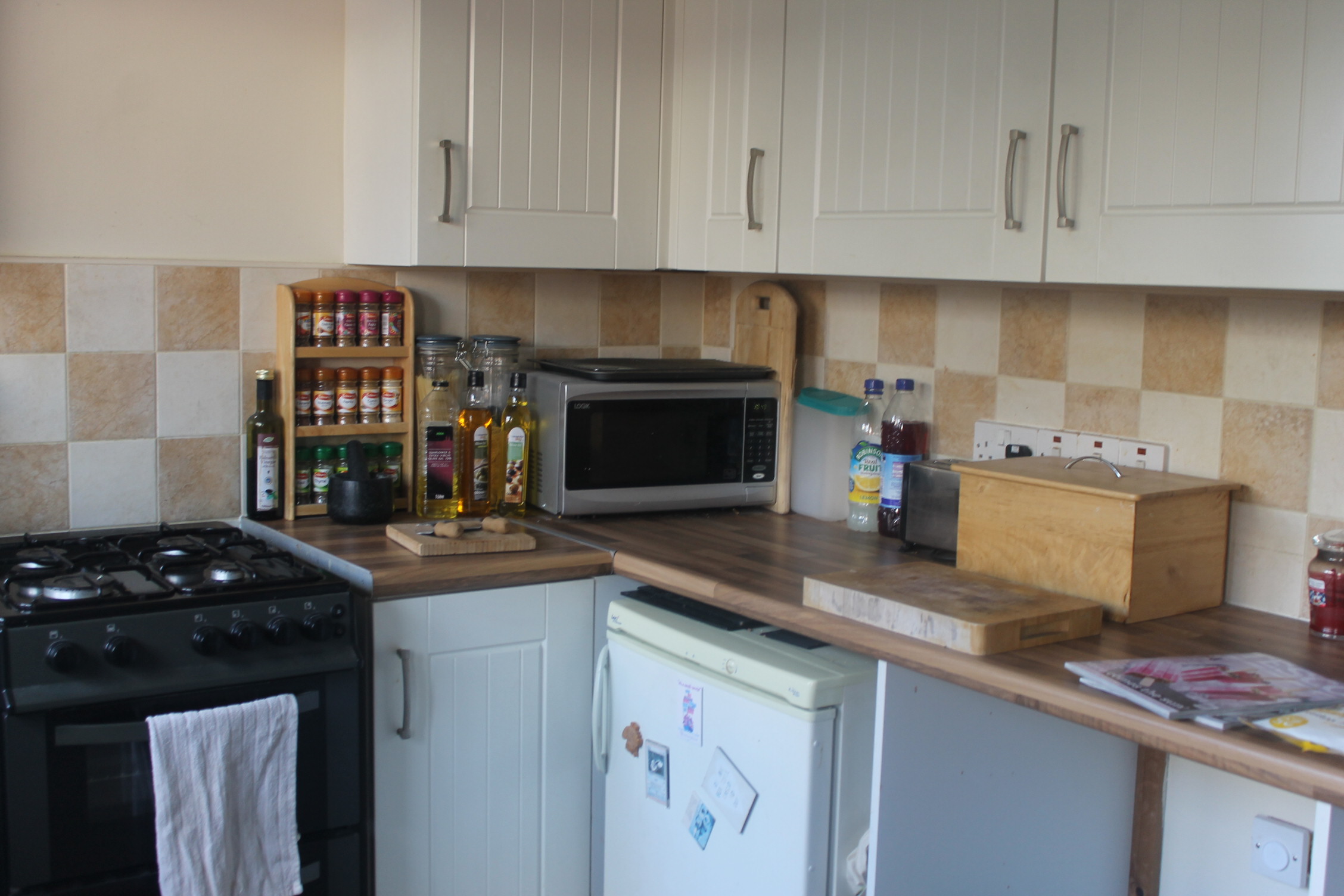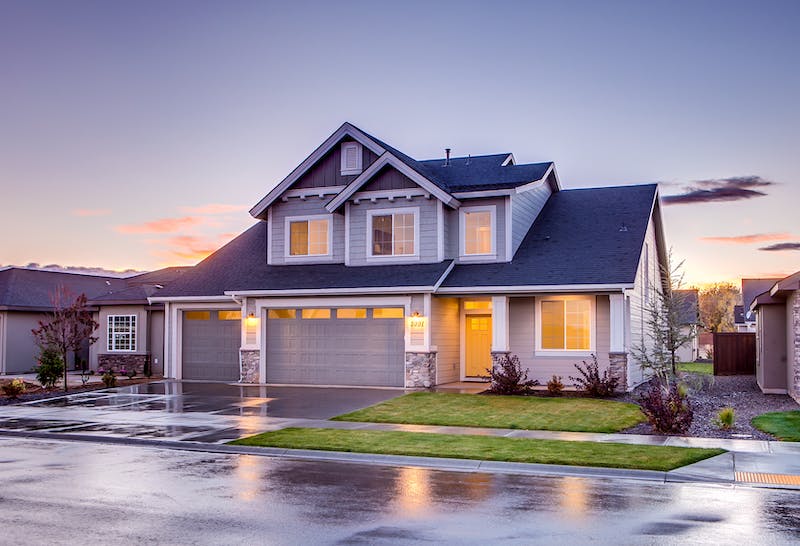
10 Weird and Wonderful Things About Flats*
By 2050 the global population is currently predicted to rise from 7.6 billion to 9.8 billion with over 2/3s of people expected to be living in cities. City living usually means living in a small flat in a high rise building with more tower blocks going up in our urban areas every year to keep up with the growing population. At the moment, flats already account for a large proportion of homes in the UK, about an eighth of dwellings in England alone are private leasehold flats.
Flat insurance specialist, Deacon* have put together 10 weird and wonderful things about flats and I thought I’d share them with you since most of us at some point in our lives will have lived in a flat or an apartment, be it our first house or even when we’re at university.
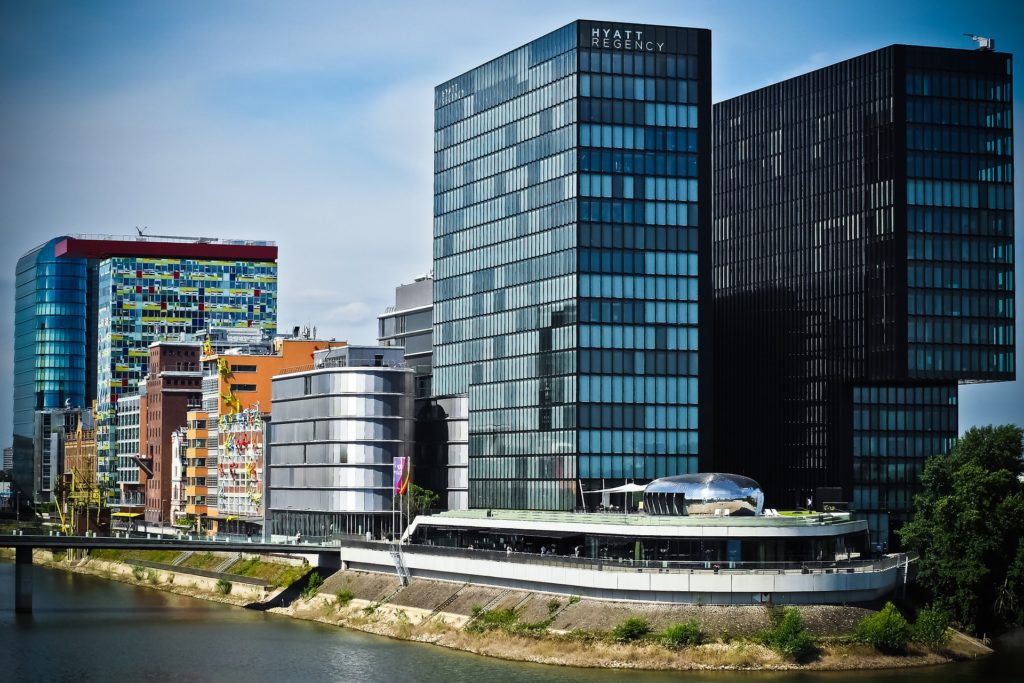
Romans Are Responsible for the First Flats
Flats and apartments as a place to live actually stretch back to the time of the Romans! Due to the success of the Roman occupation during the First Century BC they were faced with a massive population growth, which left them with a major challenge of housing. Their early flats usually had a store on the ground floor with apartments above. These were called “insula” or islands. They had to find a way to build stronger structures to support these so they used concrete which was a mixture of lime and volcanic sand which made for reliable construction.
The Tallest, Smallest & Largest
Currently, the tallest skyscraper in the world is in Dubai. The iconic Burj Khalifa stands at 72 metres tall. However, in 2020 the 1000 metre tall, Jeddah Tower in Saudi Arabia will be complete and will then hold the title for World’s Tallest Building. In China, due to the concerns of over population they’ve turned towards tiny apartment, In Wuhan there are some apartments for two people that are only 50 square feet. I’m pretty sure my bedroom is bigger than that! As for the largest apartment building in the world, The Copan Building in São Paulo takes that prize. It’s currently home to over 5000 residents!
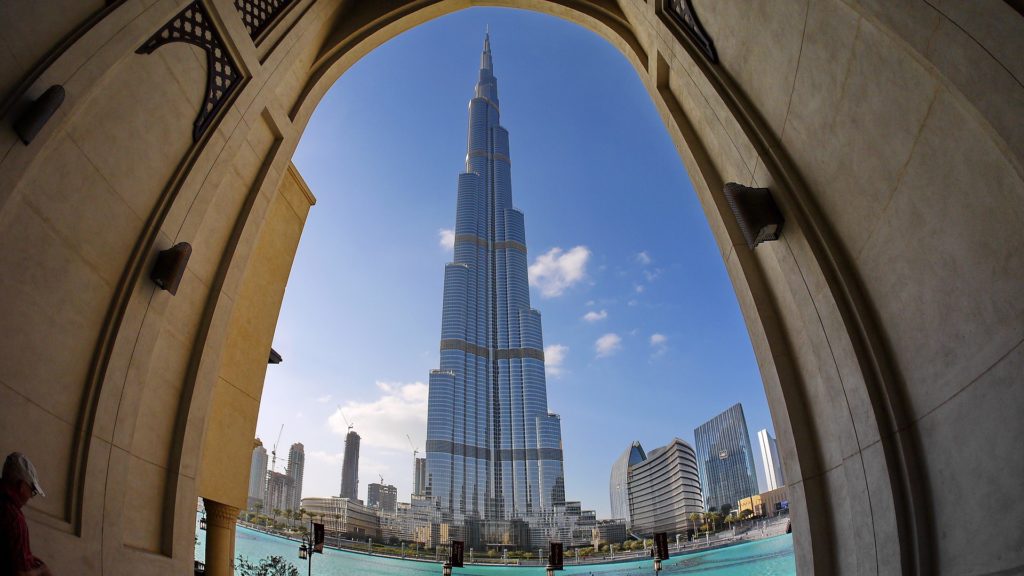
And the Most Expensive?
Unsurprisingly the second most expensive place to buy a city centre flat is London, only just behind Hong Kong. To live comfortably in London you need around £7090, apparently and if money were no object? The UK’s most expensive flat was valued in October 2018 at £160 million, the address being One Hyde Park, London. SW1
The Apartment That Time Forgot
I love these sort of stories. In 2010 a building owner in Paris passed away and some experts were called in to assess the value of his estate came across one apartment that was completely frozen in time from the 1930s. Apparently in 1934 during World War II a famous actress called Marthe de Florian lived here. She felt her apartment and headed for the South of France and never returned. The building owner never noticed that she was gone so the apartment had remained locked until the assessment in 2010! How cool is that?
Landmark Buildings Preserved
Buildings with landmark status are often saved from demolition by being converted into flats. This is very popular in big cities such as London and it’s amazing for the building because they keep their original character and features along with providing more housing for the ever growing population! Some examples of buildings are the BBC Television Centre at White City, Battersea Power Station and the Hoover Building. Conversions are taking place in a lot of big cities and urban loft apartments are some of the most desirable places to live, you see them featured in movies set in New York all the time so the trend is expected to continue.
Shape Shifting Buildings?!
Hands up if you had no idea this was a real thing? And I studied Geography! The worlds first shape shifting tower block is set to be built in Dubai by 2020 according to architectural firm Dynamic Group. I’m not quite sure what is offers (apart from motion sickness) but it’s happening!
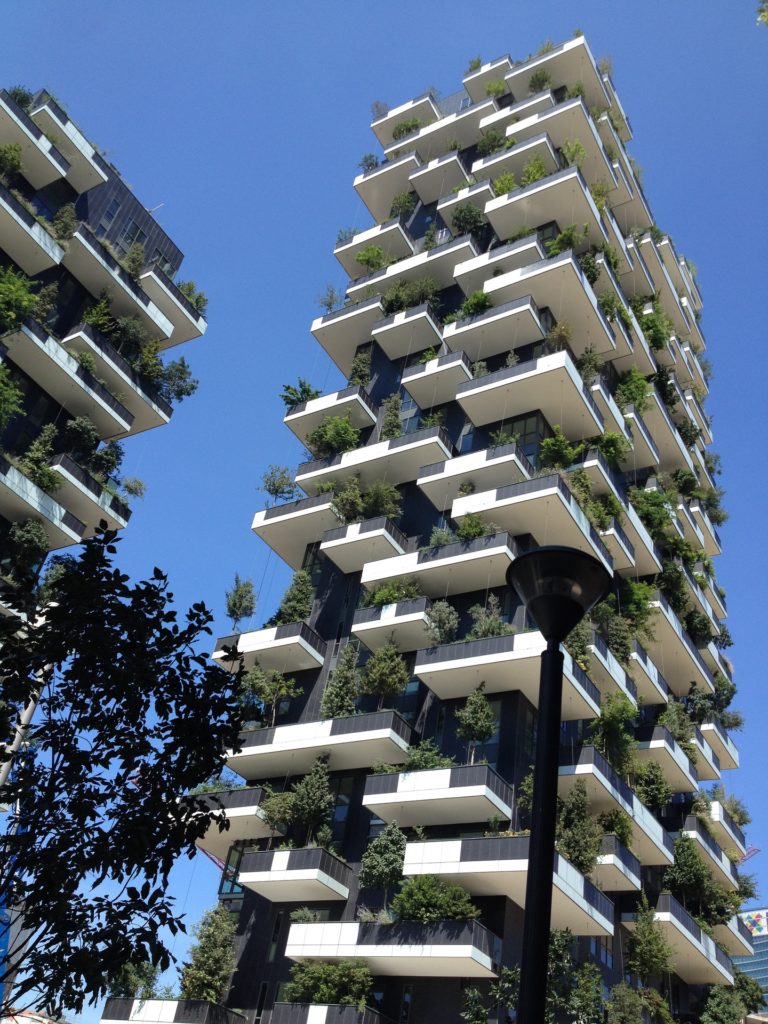
Flats That Feel Like You’re in a Forest
Yes people, this is also a thing, in Milan no less! Two apartment buildings have trees and plants on all of the balconies creating a vertical forest right in the middle of the city. This is a project that is now being used all over the world, from China to the Netherlands. It’s been proven that trees are good for cities so by creating this Bosco Verticale or Vertical Forest you can have some green space without compromising areas for development.
Living Under Ground or Even Under Water
Again, also possibly going to become a thing. Who knew we were running out of space already and that’s before the worlds population rises to 9.8 billion! Back in 2011 an “Earthscraper” was proposed for Mexico City. This would be a 35 storey upside down pyramid. The project is currently still on the drawing board as a lot of practical difficulties have been cited but who knows, it cold still happen. And if we’re going to go down into the earth, why not into the water too? Aequorea, a city that would be built off the coast of Rio de Janeiro, has also been proposed. This does feel like the realms of sci-fi now!
Is That a Train Coming Through?
You bet it is! In the City of Chongqing the train line simply goes through the residential buildings as they needed areas to build more flats. I imagine it looks something like the Contemporary Resort at Walt Disney World with the monorail running through it!
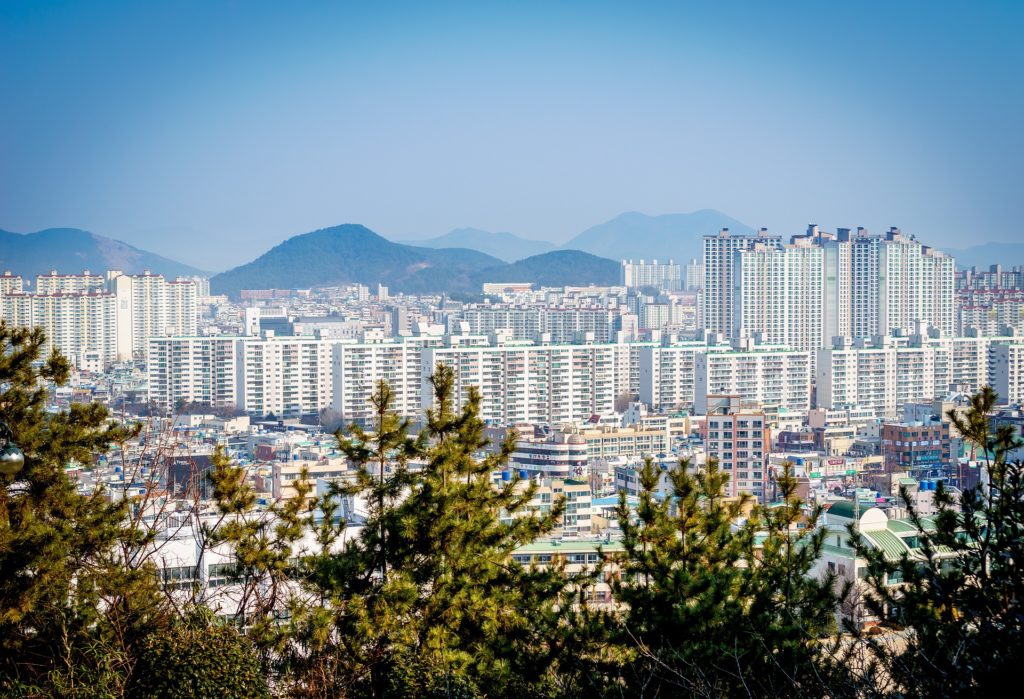
Finally, The Legacy of Feudalism
If you’ve ever rented or leased an apartment you’ll know this to be true. Yes, it’s still possible to lose your flat and be left with nothing if you break the terms of the lease. This can also happen if you stop paying your mortgage. The feudal practice was developed following the Norman Conquest. By the 16th Century the law of leases in England and Wales had become a very confusing system and still remains that way today. However the feudal structure was finally abolished in Scotland in 2004 and further laws since have converted long leases over 175 years into straightforward ownership.
*Deacon has specialised in providing buildings insurance and associated products for flats and apartments for more than 29 years. Find out more at www.deacon.co.uk

